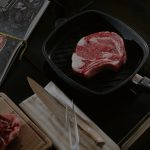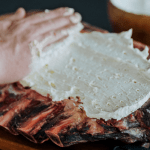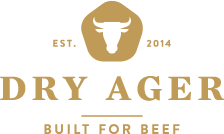What exactly is the mould on dry aged meat?
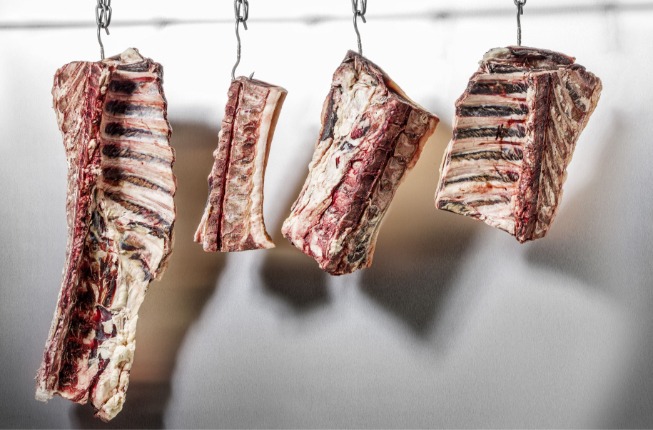
Dry aging or meat maturing is an organic process. In order to avoid the formation of germs or moulds that are harmful to one’s health, hygiene and storage regulations must be strictly adhered to.
Is it good or bad mould?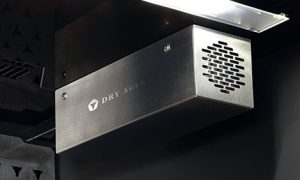
If you look at reviews about dry aged beef you will not get around a description: the spicy yeast fragrance in the air and a floss of mould on the meat.
What triggers with some head shaking, leads with many dry age lovers to shouts of joy.
Not every mould is bad mould
Like with a refined cheese, a mould culture can be good for the taste – but it has to be checked.
Bring the climate under control
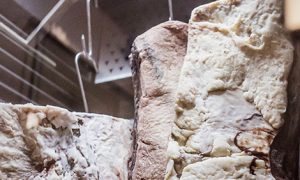 For a successful dry aging experience specific conditions have to be correct: a constant humidity between 75 – 85% and a temperature, which is 1-2°C only just above the freezing point.
For a successful dry aging experience specific conditions have to be correct: a constant humidity between 75 – 85% and a temperature, which is 1-2°C only just above the freezing point.
To ensure that mould or bacteria does not grow uncontrollably, a perfectly matched air circulation and guidance must be present.
The DRY AGER® cabinets offer an innovative solution to these three criteria. In the cabinet there is complete control over the perfect climate for the meat maturing and dry aging.
The climate control is obtained by a sensor in-built into the product, with temperature and humidity adjusted automatically. The air is constantly sterilised through its special filter.
The cabinets are very easy to clean, so even inside no unwanted mould can develop. The DRY AGER has as standard an antibacterial surface inside, so bacteria and germs are destroyed by contact with silver ions in the material immediately upon contact.
What cleaner to use inside the cabinet?
DRY AGER® have developed a special cleaner to use when cleaning the inside of the DRY AGER®. Specially formulated to use when cleaning your DRY AGER®.
Hygiene is key
Some bacterial strains and mould cultures positively influence the dry aging process, such as lactic acid bacteria. Others can cause dangerous mould. These crops are mainly transmitted through unsanitary work.
A clean handling of dry aged beef therefore has top priority. Work surfaces and equipment should be made of a smooth matieral so that they are easy to clean – stainless steel is an option.
For optimal hygiene, they are treated with a food disinfectant beforehand.
When processing the meat, always wear gloves and practice a high level of hygiene.

